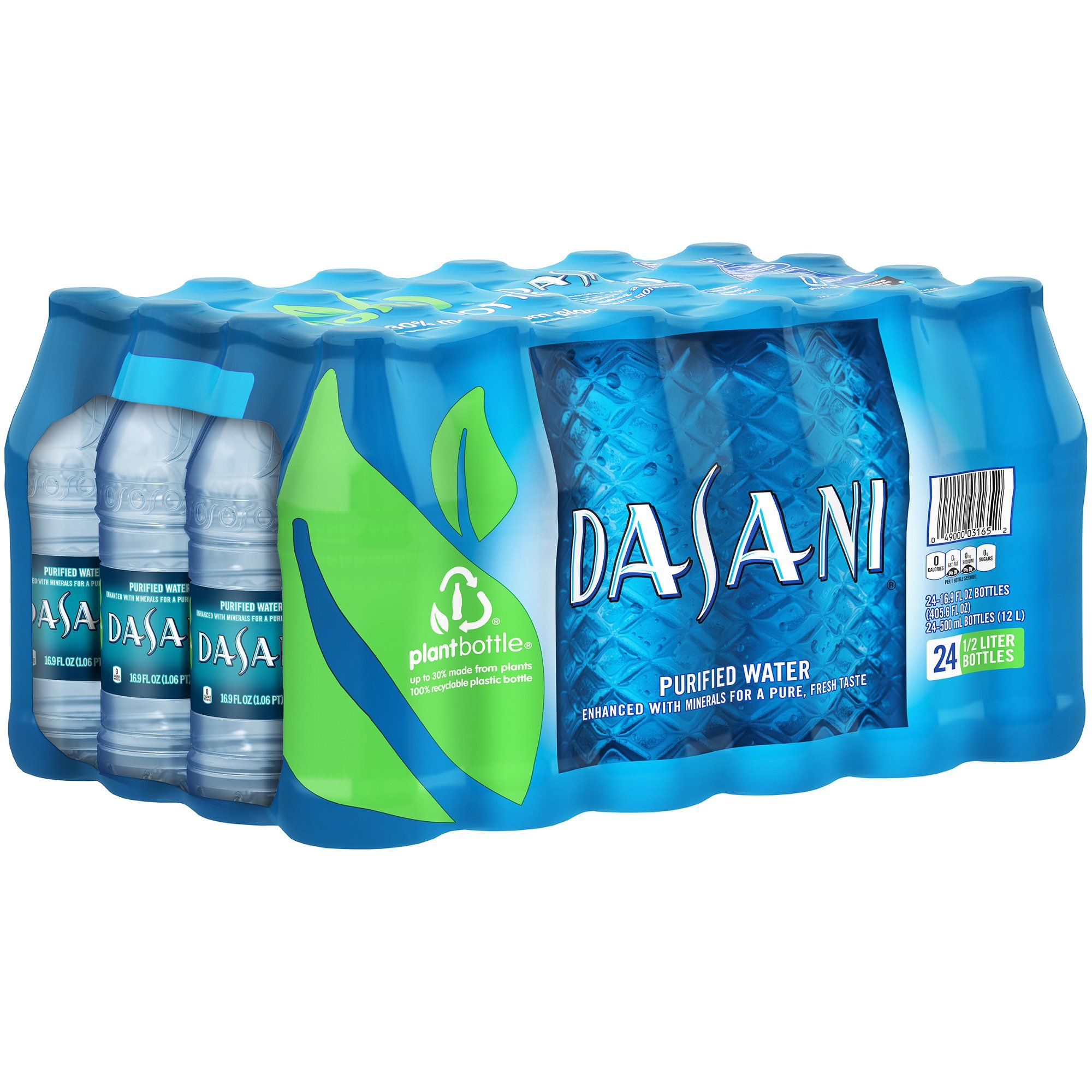(Dr. Mercola) Flame retardant chemicals have been identified as one of 17 high priority chemical groups that should be avoided to reduce breast cancer.1,2 In the environment, these chemicals are also poisoning pets and wildlife. Yet despite their significant health risks, they continue being used — ostensibly because they save lives in case of fire.
However, researchers and firefighters alike say flame retardant chemicals actually cause more harm than good, as the fire suppression they provide is minuscule at best,3 while releasing toxic fumes when they burn — toxins that may be more far more likely to kill you than the fire itself.
In addition to that, the chemicals do not remain inertly bonded within the foam or upholstery until or unless a fire actually occurs. They escape in the form of dust, making their way into everything from babies’ mouths to breast milk and water supplies.
Related: Skin Creams Pose Serious Fire Risk
9 in 10 Americans Have Flame Retardant Chemicals in Their System
Research4 published in 2015 found Tris phosphate and triphenyl phosphate (TPHP) in every single dust sample collected from American homes; 91 percent of urine samples from the residents contained metabolites of Tris phosphate, and 83 percent of residents had metabolites of TPHP.
Other tests have shown 90 percent of Americans have flame retardant chemicals in their bodies, and many have six or more types in their system.5 Eighty percent of children’s products tested6 have also been found to contain flame retardant chemicals, including nursing pillows, baby carriers and sleeping wedges, which can have significant health ramifications.
As noted by Linda S. Birnbaum, director of the National Institute of Environmental Health Sciences,7 these chemicals can alter a child’s developing reproductive system and nervous system, and have been shown to reduce IQ.8,9 For example, children born of women exposed to high levels of flame retardant chemicals called polybrominated diphenyl ethers (PBDEs) during pregnancy have an average of 4.5 points lower IQ.10,11 Such children are also more prone to hyperactivity disorders.
Firefighters Are at High Risk
About half of U.S. firefighters believe cancer is the greatest occupational health risk they face.12 Indeed, California female firefighters aged 40 to 50 are six times more likely to develop breast cancer than the national average. A major reason for this is because of the high levels of dioxins and furans firefighters are exposed to when flame-retardant chemicals burn.
Related: Microplastics In Tap Water and Beer Around the Great Lakes, and Everywhere Else
What many fail to realize is that an object treated with flame retardant chemicals can indeed still catch fire — it’s merely retarded by seconds — and when it does go up in flames it will emit much higher levels of toxic carbon monoxide, soot and smoke than an untreated object. Ironically, these three things are more likely to kill you than a burn might, which means flame-retardant chemicals may actually make fires deadlier when you’re caught in them.
According to the chemical industry, fire-retardant furniture provide a fifteenfold increase in escape time in the case of a fire. This claim came from a study using powerful, NASA-style flame retardants, which provided an extra 15 seconds of escape time. But this is not the same type of chemical used in most furniture. Tests have shown that the most widely used flame-retardant chemicals actually provide no meaningful benefit in case of a fire, while increasingthe amounts of toxic chemicals in the smoke.
The Role of Big Tobacco and Chemical Industry Front Groups
In 2013, I wrote about the deceptive campaigns13 that led to the proliferation of fire retardant chemicals. Big Tobacco played a key role in this development. Flame retardant chemicals were developed in the 1970s, a time when 40 percent of Americans smoked and cigarettes were a major cause of house fires. The tobacco industry, under increasing pressure to make fire-safe cigarettes, resisted the push for self-extinguishing cigarettes and instead created an industry front group called the National Association of State Fire Marshals.
The group pushed for federal standards for fire retardant furniture and, in 1975, California became the first state to enact such fire standards (Technical Bulletin 117).
Related: Drinking Bottled Water Means Drinking Microplastics, According To Damning New Study
Another front group called Citizens for Fire Safety — which is actually a front group trade association for manufacturers of flame retardant chemicals, not a coalition of concerned citizens — has fought to protect the chemical industry from legislation that might cut into business, and has helped expand the commercial use of flame retardant chemicals into an ever-greater number of products besides furniture.
What’s worse, while the original fire standard specified that any chemical used had to be proven safe for human health, politicians removed this requirement, and the law went into effect without this requirement. The end result is now becoming increasingly obvious, as fire retardant chemicals are becoming an environmental pollutant of tremendous concern.
Firefighting Foam Is Contaminating Drinking Water
Sharon Lerner, a reporting fellow at The Investigative Fund and an investigative journalist for The Intercept and other major media outlets, has written extensively about per- and polyfluoroalkyl substances or PFAS14 (two of the most well-known ones of which are PFOA and PFOS) and the industry’s attempts to cover up the damage. At the time of this writing, The Intercept has published 16 parts of Lerner’s ongoing series,15 which began in 2015.
Part 1516 addresses the U.S. military’s affinity for toxic flame retardants, despite the fact that billions of dollars are now being spent trying to clean up drinking water contaminated by firefighting foam used on military installations. Setting the scene, Lerner writes, in part:
“About an hour north of Seattle at the northern edge of Puget Sound, Whidbey Island is quiet, forested, and, in Bob Farnsworth’s neighborhood, idyllic. In the 22 years he’s lived on Whidbey, where he served as a command master chief at the Naval Air Base, Farnsworth, 61, has regularly crabbed and fished for salmon and enjoyed fruit from his own trees …
But last February, he discovered a toxic side to the Navy’s presence in his life: His well, which he had used to water his fruit trees, cook, and fill his children’s and grandchildren’s glasses over the years, tested positive for three chemicals that had apparently seeped in from foam used for firefighting on the base.
One chemical, PFOS, was present at 3,800 parts per trillion, more than 54 times a safety standard set by the Environmental Protection Agency in 2016 … The realization that he and his wife had been exposed to the chemicals, which have been linked to prostate cancer and thyroid diseases, cast the struggles they have had over the past years with these very diseases in a new light. ‘I don’t know what was related,’ he said.”
Known Toxins Replaced With Lesser-Known Ones
A similar situation is playing out near hundreds of military bases around the U.S., where PFAS chemicals have leached through the ground, contaminating surrounding groundwater. In addition to prostate cancer and thyroid problems, these chemicals have been linked to other types of cancer as well, including kidney, testicular and bladder cancer, as well as immune dysfunction, reproductive problems and hormone disruption.
Considering the public health threat posed by PFAS contamination, courtesy of firefighting foam, you’d think the U.S. government would take proactive measures to eliminate the use of these toxic chemicals. After all, other countries are using PFAS-free firefighting foam, and it works just as well. Alas, this is not happening. Lerner explains:17
“[E]ven as the Army, Navy, and Air Force have begun the slow process of addressing the contamination, which is expected to cost upwards of $2 billion, the Department of Defense isn’t abandoning this line of chemicals. While some of the precise formulations that caused the contamination are off the table, the U.S. military is in the midst of an expensive effort to replace older foam with a newer formulation that contains only slightly tweaked versions of the same problematic compounds …
Some of the studies showing the dangers of these persistent chemicals came from the manufacturers themselves … The new foam contains no PFOS and ‘little or no PFOA,’ according to an Air Force press release.18 Instead, it uses the closely related molecules that pose many of the same dangers …”
Military Specifications Require Inclusion of Fluorinated Chemicals
As it turns out, the reason why one dangerous type of firefighting chemicals is simply replaced by another, very similar one, is because military specifications require the inclusion of fluorinated surfactants, which make the foam easier to spread. As explained by Lerner, the foam “creates a thin layer over the surface of the fuel that smothers the flames and prevents the release of vapor that could otherwise reignite.”
When, in the early 2000s, the EPA started urging the military to replace PFAS-containing firefighting foam due to health and environmental concerns, the foam and surfactant manufacturers created the Fire Fighting Foam Coalition — an organization aimed at defending the use of PFAS. DuPont and Dynax were among the founding members of this organization, which presented its case not only before military branches but also the EPA.
“Their messages were reassuring: The chemicals used to replace PFOS were safe for human health and the environment, and AFFF [aqueous film forming foam] was the only way to safely protect military personnel from fires,” Lerner writes. Meanwhile, evidence19suggests fluorinated surfactants, such as those used in AFFF, are “among the most environmentally persistent substances ever.”
In the end, the Fire Fighting Foam Coalition was successful in its attempts to get AFFF excluded from the EPA’s regulatory process, and the U.S. Army, Navy and Air Force were free to continue using AFFF. Even when evidence emerged showing other PFAS were just as harmful as PFOA, the EPA never reassessed the military’s use of AFFF.
Are You Drinking PFAS-Contaminated Water?
As noted by Lerner, incomplete data makes it very difficult to ascertain how widespread the PFAS-contamination might be, but drinking water near at least 46 military installations in the U.S. have been found to contain PFOA and/or PFOS at levels exceeding 70 parts per trillion (ppt), which is the EPA’s health advisory level for drinking water.20 According to Lerner:
“Many more people are exposed to the chemicals at levels below that 70 ppt threshold. And, judging from the health-based levels that states have set since the EPA set its level last year, even these lower levels may pose health threats.
New Jersey is moving forward with setting 14 ppt as its drinking water standard for PFOA, just one-fifth of the EPA’s number, and recommended 13 ppt for PFOS. Vermont and Minnesota have either set or proposed safety levels for both chemicals that are lower than the EPA’s.
And in December, a Michigan state legislator proposed the lowest standard yet for PFAS molecules: 5 ppt. Historically, chemical safety thresholds tend to drop over time as research mounts.”
Health concerns are not limited to PFOA and PFOS though. Many other PFAS chemicals21 — such as PFHxS, PFHpA, PFBA and PFBS — have been detected both in drinking water and people’s blood, yet the military is only attempting to clean up PFOA and PFOS contamination. (In all, studies have found as many as 700 different PFAS compounds at sites where firefighting foam is used.)
The military also is not providing clean drinking water to residents in affected areas unless their water contains more than 70 ppt of PFOA and/or PFOS specifically. For example, Neal Sims, another resident of Whidbey Island, does not receive bottled water, even though the four PFAS found in his tap water total more than 80 ppt. The reason for this is because his combined PFOA/PFOS level is “only” 30 ppt.
Meanwhile, European regulators took action against PFHxS last year,22 and some U.S. states have already set levels for PFBA and PFBS in drinking water.23 Making matters worse, some of these shorter-chained replacement PFAS chemicals such as PFHxS are more difficult to filter out24 than PFOA and PFOS, requiring more frequent filter replacement to ensure they’re being removed.
According to the Fire Fighting Foam Coalition, PFAS-free foam has not been adopted by the defense industry for the fact that it doesn’t work as well as AFFF. However, the difference in performance is very small and, with practice, firefighters would likely be able to apply the material quicker to meet fire suppression specs.
Without EPA pressure to replace PFAS in firefighting foam, there’s also no sense of urgency to provide additional funding to find less toxic alternatives. Lobbying to keep the chemicals in play also slows down the process. And then there’s the fact that fluorine-free foams “cannot meet specifications” for the simple fact that the standard still requires the inclusion of fluorinated surfactants.
How to Reduce Your Exposure to Toxic Flame Retardants
While the Department of Defense needs to address its role in contaminating drinking water with toxic firefighting chemicals, there are some things you can do to protect yourself and your family. Most homes have many items that contain these hazardous class of chemicals, so water contamination is not your only potential threat. Among the basics: As you replace items around your home, select items that contain naturally less flammable materials, such as leather, wool and cotton.
Also look for organic and “green” building materials, carpeting, baby items and upholstery, which will be free from these toxic chemicals and help reduce your overall exposure. This is by far the easiest route, as manufacturers are not required to disclose the chemicals they use to make their products comply with fire safety regulations.
Your mattress, for example, may be soaked in toxic flame retardants, but you will not find the chemicals listed on the label. That said, below are some additional guidelines to consider that can help reduce your exposure to flame retardants:
•If you live anywhere near a military installation or fire department fire-training area, consider getting your tap water tested for PFAS and other toxic contaminants. Water testing is a prudent step no matter where you live these days, as is filtering your water, as there are literally hundreds of potential water contaminants that can harm your health.
•Polyurethane foam products manufactured prior to 2005, such as upholstered furniture, mattresses and pillows, are likely to contain PBDEs, another common class of fire retardant chemicals, so inspect them carefully and replace ripped covers and/or any foam that appears to be breaking down.
Also avoid reupholstering furniture by yourself as the reupholstering process increases your risk of exposure. If in doubt, you can have a sample of your polyurethane foam cushions tested for free by scientists at Duke University’s Superfund Research Center. This is particularly useful for items you already have around your home, as it will help you determine which harmful products need replacing.
Older carpet padding is another major source of flame-retardant PBDEs, so take precautions when removing old carpet. The Environmental Working Group’s (EWG) guide25 to PBDEs contains even more details about products in which these toxic chemicals might be lurking.
•Your mattress may be of greatest concern since you spend a large amount of your life sleeping on it. Besides PBDEs, other flame-retardant chemicals currently approved for use in mattresses include boric acid, a toxic respiratory irritant used to kill roaches; antimony, a metal that may be more toxic than mercury; and formaldehyde, which causes cancer.
To avoid this toxic exposure, I recommend looking for a mattress made of either 100 percent organic wool, cotton or flannel (all of which tend to be naturally flame-resistant) or Kevlar fibers, the material they make bullet-proof vests out of, which is sufficient to pass the fire safety standards.
There are a number of good options on the market. I’ve also put together an assortment of wool and silk bedding, including organic cotton and wool mattresses you can choose from when it comes time to replace your mattress, pillows and comforters with chemical-free versions.
•You probably also have older sources of the PBDEs known as Deca in your home, and these are so toxic they are banned in several states. Deca PBDEs can be found in electronics like TVs, cellphones, kitchen appliances, fans, toner cartridges and more. It’s a good idea to wash your hands after handling such items, especially before eating, and at the very least be sure you don’t let infants mouth any of these items.
•PBDEs are often found in household dust, so clean up with a HEPA-filter vacuum and/or a wet mop often.




